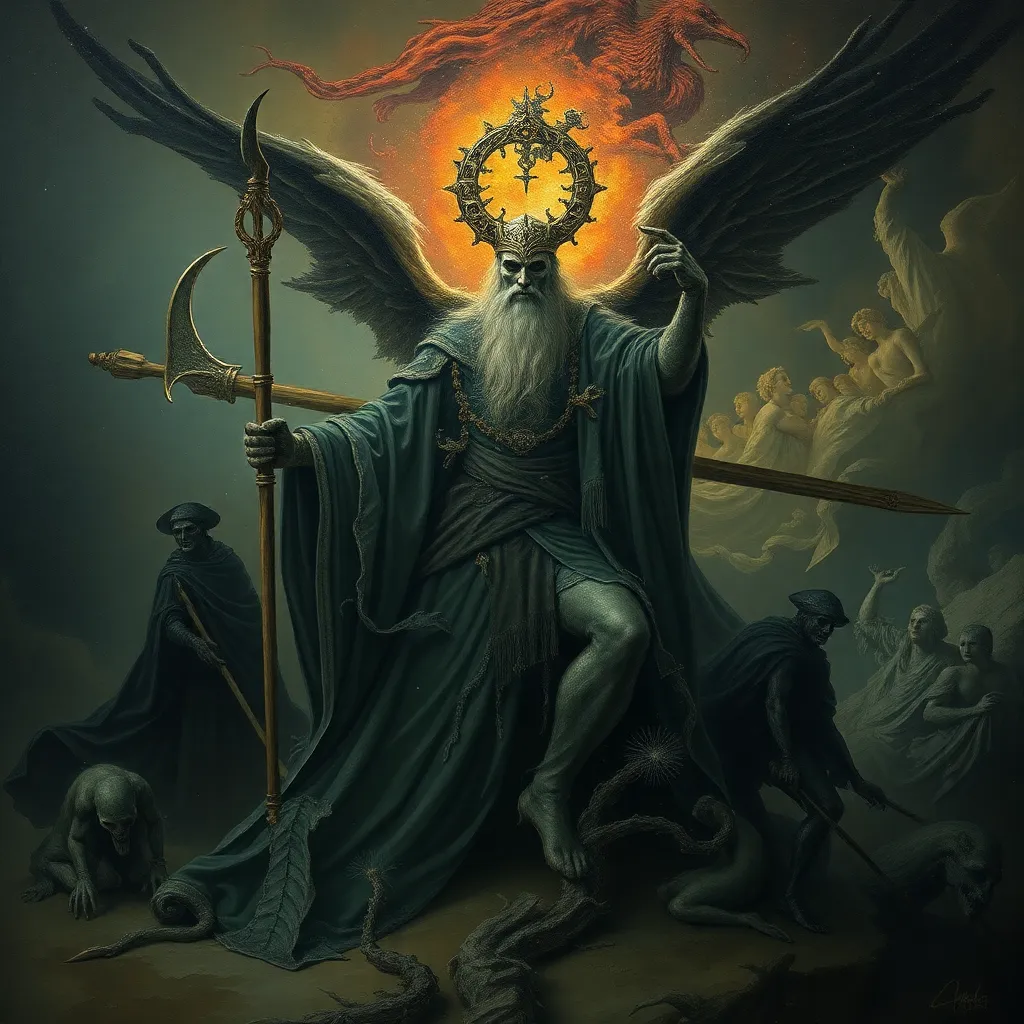The Fascinating Link Between Celtic Mythology and Climate
Exploring the ancient tales of the Celtic people unveils a profound connection between their mythology and the natural world, including the climate. Let’s delve into how Celtic myths depict this intricate relationship.
The Seasons: A Dance of Deities
In Celtic mythology, the changing seasons are often attributed to the activities of revered deities. For instance, the transition from winter to spring may be symbolized by the myth of the goddess Brigid, bringing forth the renewal of life and growth. Similarly, the autumnal shift is associated with the god Lugh, representing the harvest and the passage into the darker months. Through these stories, the Celts personified nature’s cyclical patterns, emphasizing their interconnectedness with the climate.
Sacred Sites and Environmental Stewardship
Celtic folklore is intertwined with the settings where these ancient narratives unfolded. Sacred groves, winding rivers, and misty moors play essential roles in the myths, highlighting the Celts’ deep reverence for nature. Moreover, these tales often promote themes of environmental stewardship, underscoring the importance of living in harmony with the land and respecting its climatic rhythms. The wisdom shared within Celtic mythology carries a powerful message about sustainable living and respecting the climate’s delicate balance.
Weather Omens and Divination
Weather patterns and natural phenomena held significant meaning in Celtic society, often serving as omens or insights into the future. Seers and Druids would interpret changes in the climate to predict events or guide decision-making. In Celtic mythology, stories abound of characters gaining foresight through their observations of the natural world, showcasing the intricate relationship between climate and supernatural beliefs. This fusion of meteorological observation and folklore demonstrates how deeply ingrained the climate was in Celtic culture.
The Modern Interpretation
Today, scholars and enthusiasts continue to unravel the layers of Celtic mythology, shedding light on its profound connection to the climate. By studying these ancient stories, we gain a deeper appreciation for how our ancestors perceived and honored the natural world, including its ever-changing climate. The timeless wisdom embedded in Celtic myths serves as a reminder of the essential bond between mythology and the environment, inspiring us to carry forth that respect and interconnectedness into the present day.
FAQs About the Connection Between Celtic Mythology and Climate
What is Celtic mythology?
Celtic mythology refers to the collection of myths and legends from the Celtic-speaking peoples of ancient Europe. These stories often involve gods, goddesses, heroes, and mystical creatures.
How does Celtic mythology relate to climate?
In Celtic mythology, the natural world, including the climate, is deeply intertwined with the spiritual beliefs of the Celts. Many Celtic myths portray deities associated with elements like water, air, and earth, reflecting a reverence for nature and its cyclical changes, including seasonal variations in climate.
Are there specific deities in Celtic mythology linked to weather and climate?
Yes, Celtic mythology features deities like Lugh, the sun god associated with light and warmth, and Brigid, a goddess connected to fertility, fire, and the changing seasons. These deities often embody different aspects of nature, including elements that influence climate patterns.
How do Celtic stories reflect the importance of environmental stewardship?
Celtic myths often emphasize the interconnectedness between humans and nature, highlighting the significance of respecting and preserving the environment. Stories of sacred groves, rivers, and forests underscore the importance of sustainable interactions with the natural world.



